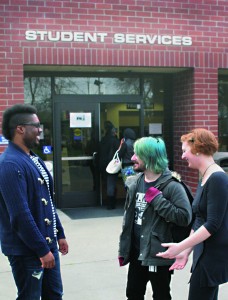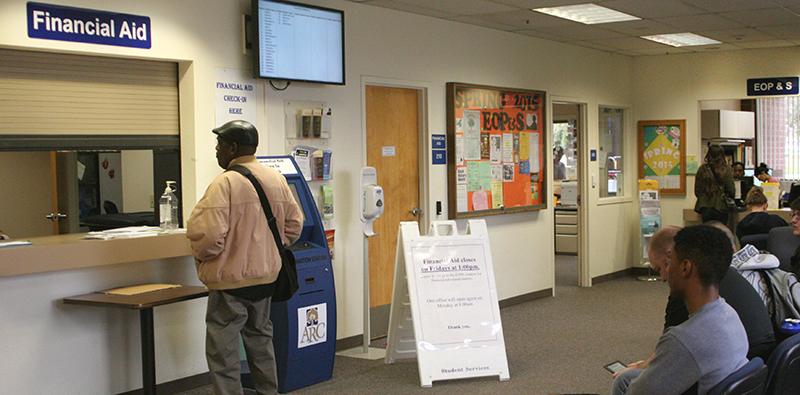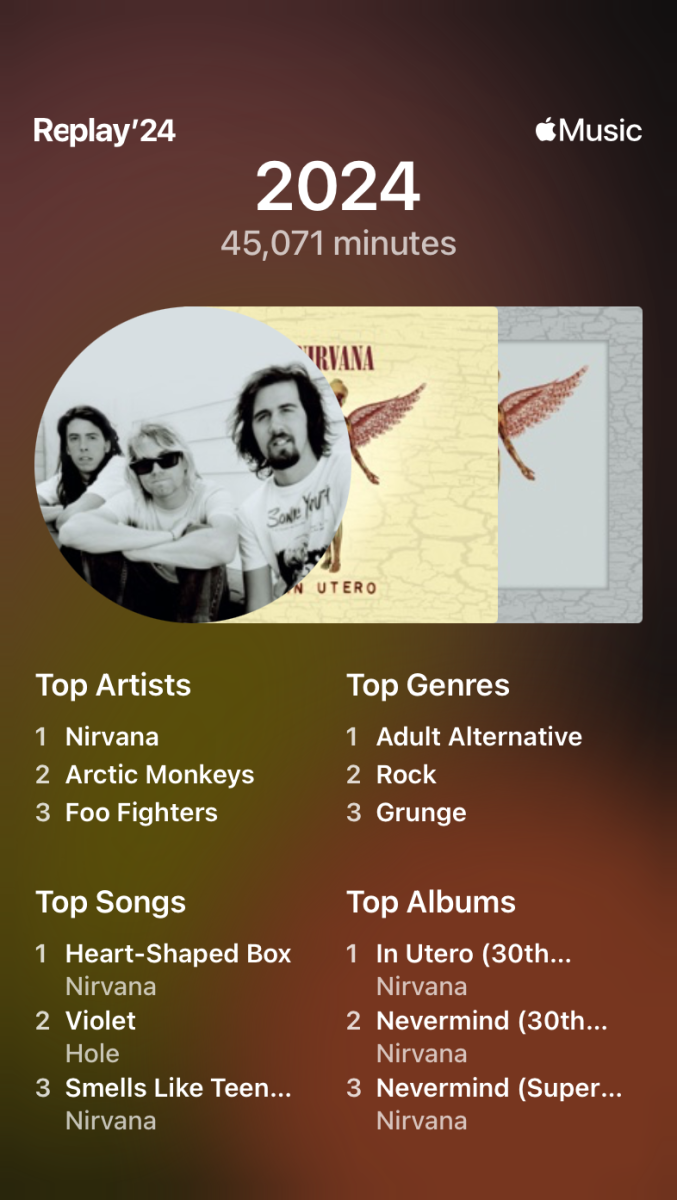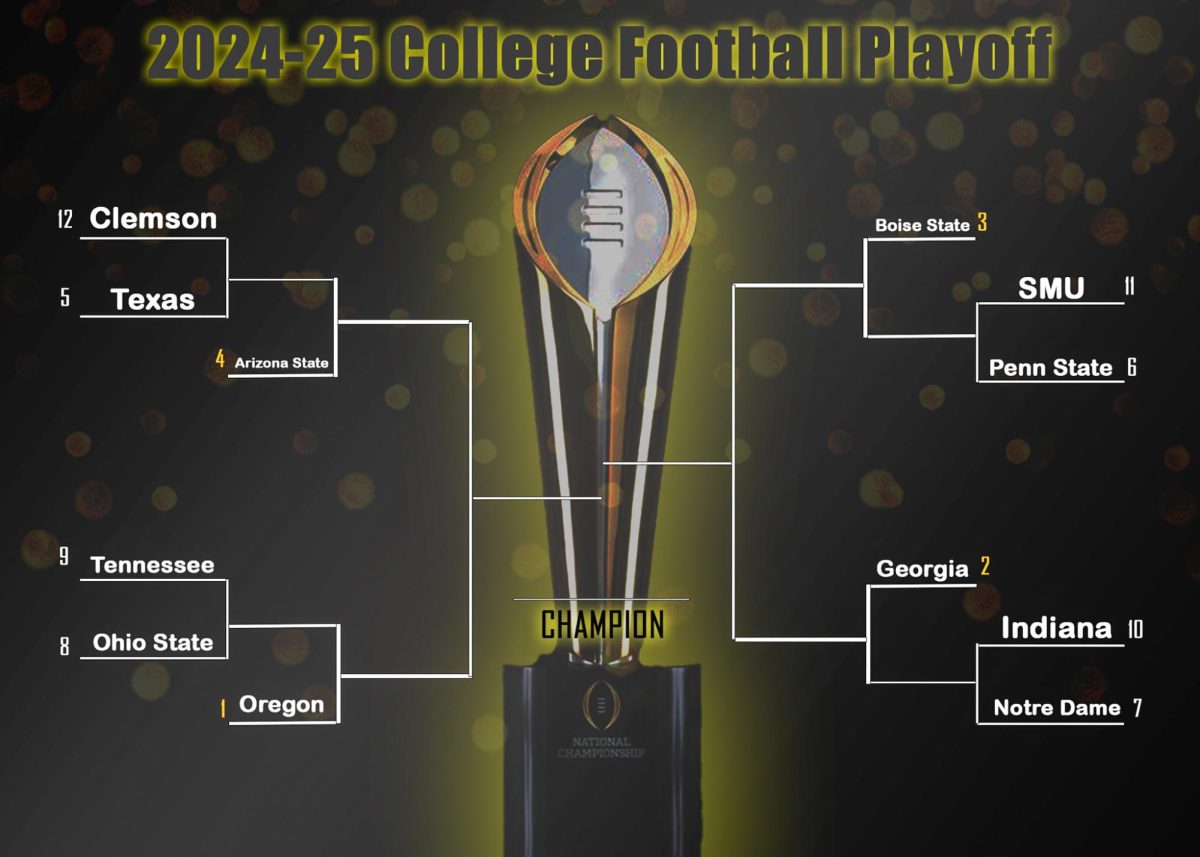A report by The Economist in June 2014 revealed that U.S. student loan debt exceeded $1.2 trillion dollars. Education is the backbone of modern society, and putting students in crippling financial debt in order for them to become future leaders is no longer a viable option.
The concept of free education stirs up continuous debate from supporters and opponents alike, but the possibility of covering tuition for all students attending public universities is already there, and all that is needed is an observation of the current statistics.
According to a Fall 2012 report published by the National Center for Education Statistics, public colleges collected $62.6 billion dollars in tuition from undergraduates throughout the United States.
The state and federal efforts to assist students in affording college are already in swing, as data from the New American Foundation showed that the federal government spent an incredible $69 billion in 2013 on various financial aid programs that included Pell Grants for lower-income students and tax breaks.
Despite the contributions, the remaining costs left to students are still ineffective at deterring a rising student debt crisis, as the Institute for College Access and Success found that in 2013 65% of college students averaged $28,400 in student loans upon graduation.
With student loans compromising 6% of the national debt at 1.6 trillion dollars, simply not enough is being done to increase college affordability for the future capital earners and producers of the United States.
In looking for ways to cover public tuition across the board, several avenues can and should be explored.
A Senate investigation in 2012 revealed that for-profit colleges like Kaplan University and University of Phoenix receive more than 25% of the federal aid.
While advocating for the cutting of $17.2 billion in funding for students who choose to attend a private educational institution is far from favorable, it is but one of several areas that have gone relatively unchecked and have ultimately limited financial assistance for those who wish to attend public institutions.
If current funding in the educational sector was left untouched altogether, the conversation can easily shift to other areas of spending – the National Priorities Project found that every hour, United States taxpayers are paying $10.54 million for the total cost of the United States military operations in Afghanistan, Iraq, and currently against the Islamic State, since 2001.
Money of that staggering magnitude deserves to be spent on national security, but where does the line get drawn when exorbitant spending on military operations that may or may not have a direct effect on immediate security continues to go unchecked, while the educational backbone of our society continues to face implosion?
Public universities are still the primary backbone of America’s education – they educate 75 percent of undergrads.
The possibilities for generating extra funding and truly making higher public education accessible for all are there, and now is the time to sit down and have a real conversation on how to bring that about.
As the job market becomes increasingly competitive on a global scale and stagnation grips the United States on an alarming scale, the future hinges on access to affordable education.

Photo: Cameron Weaver














